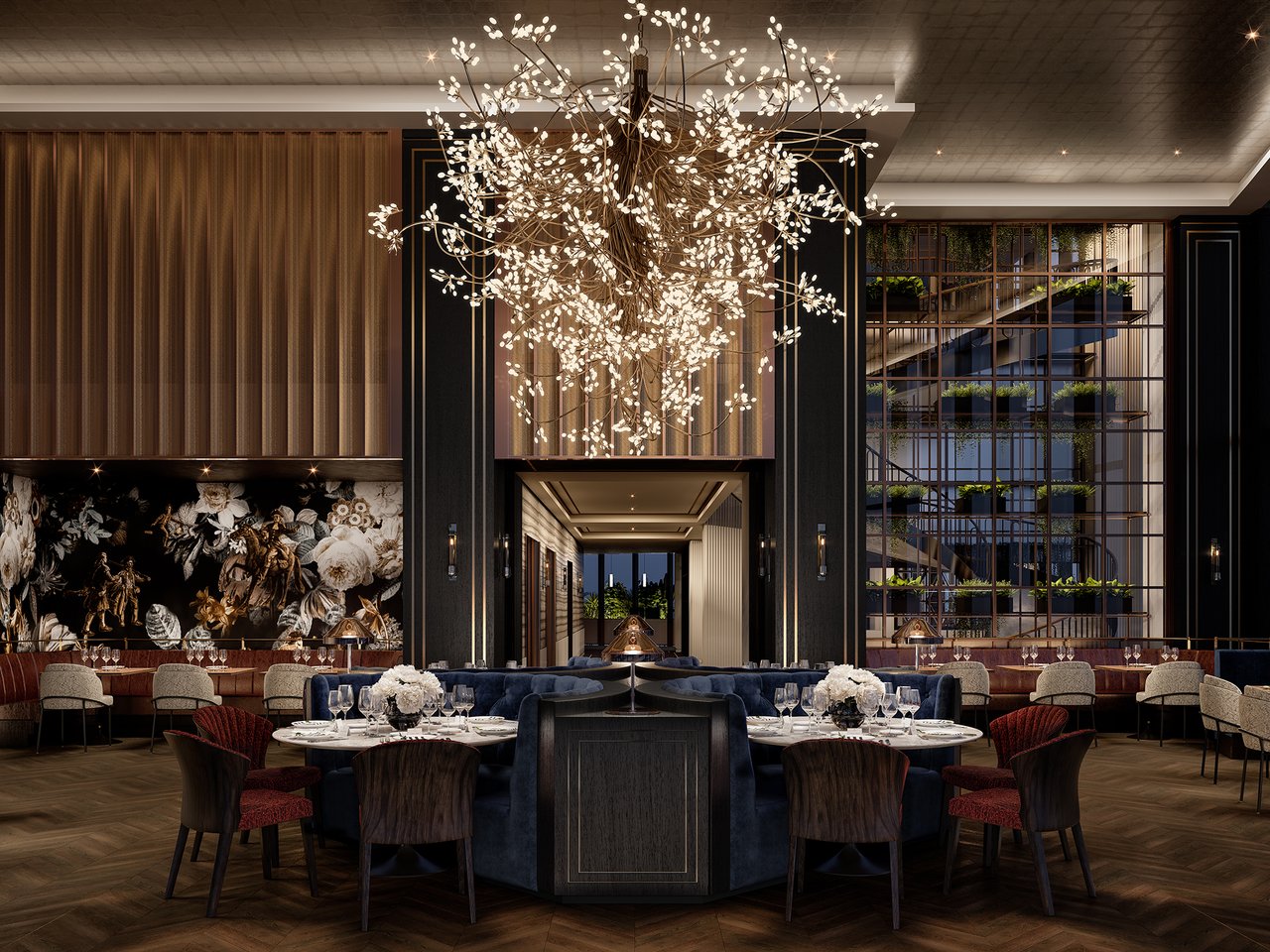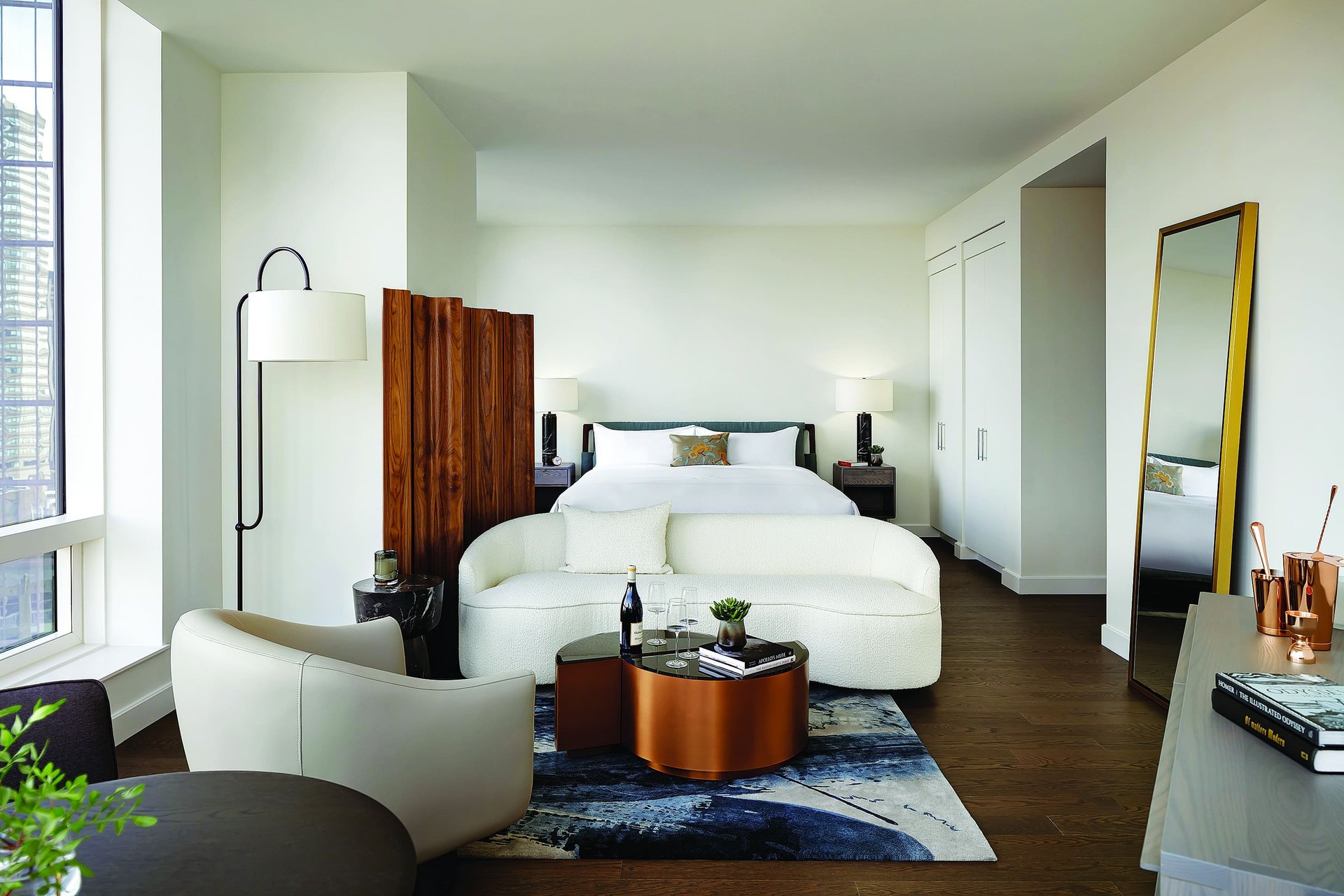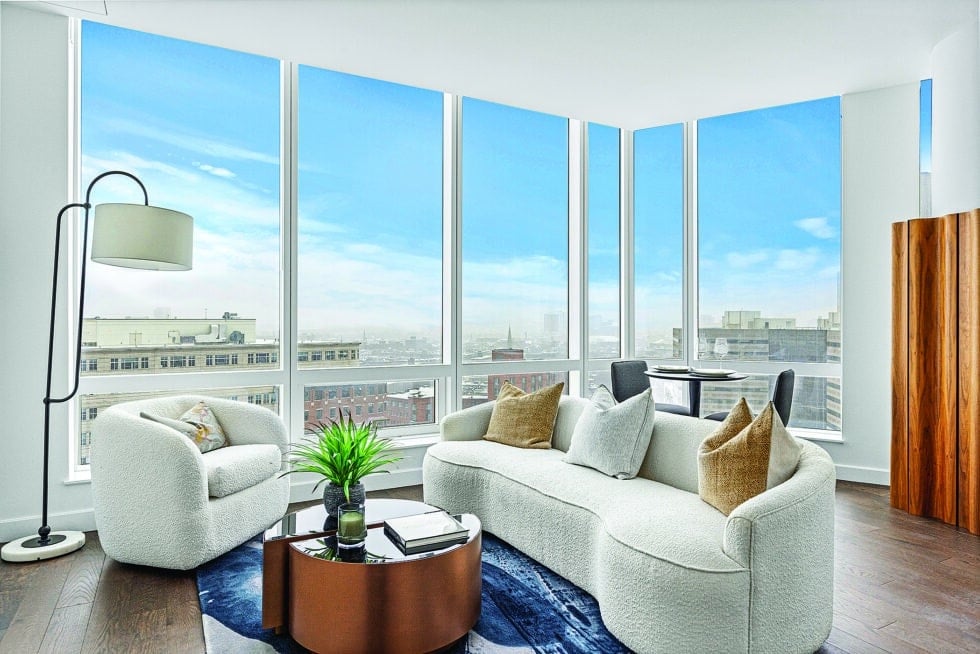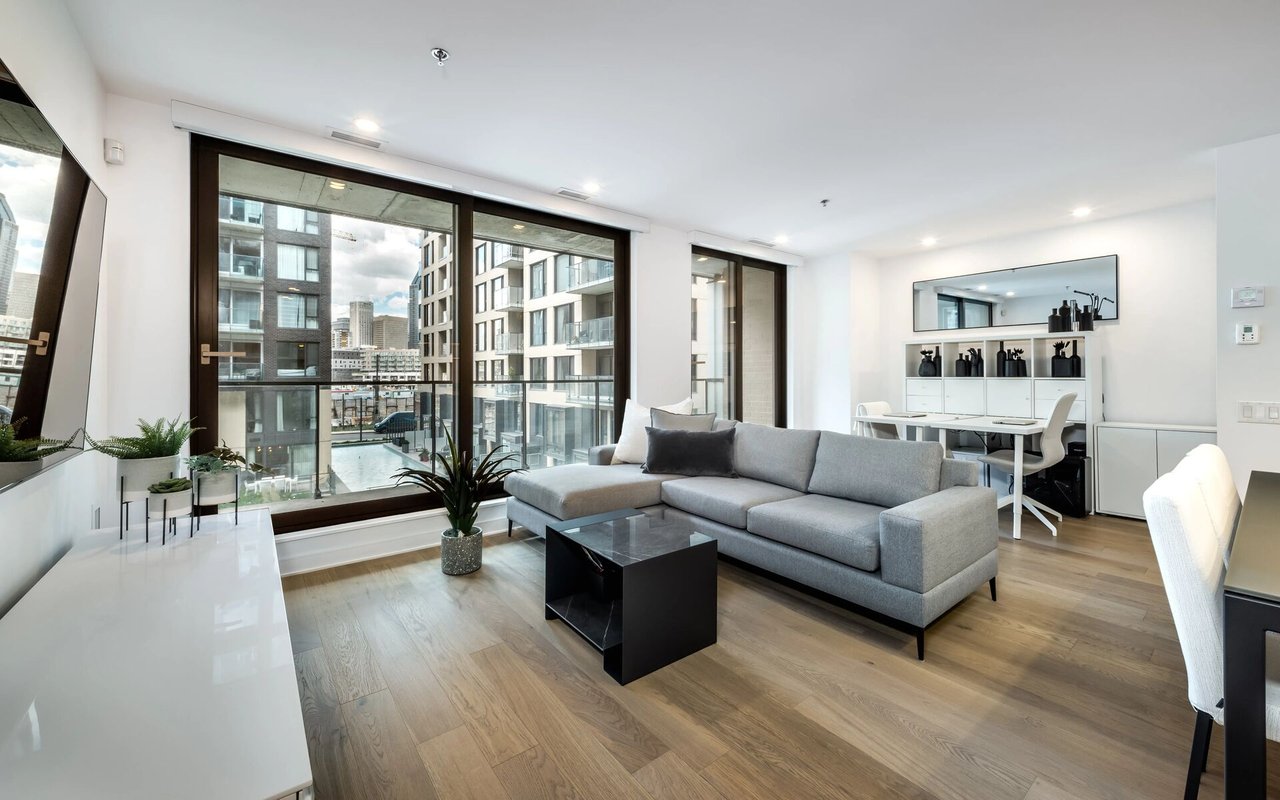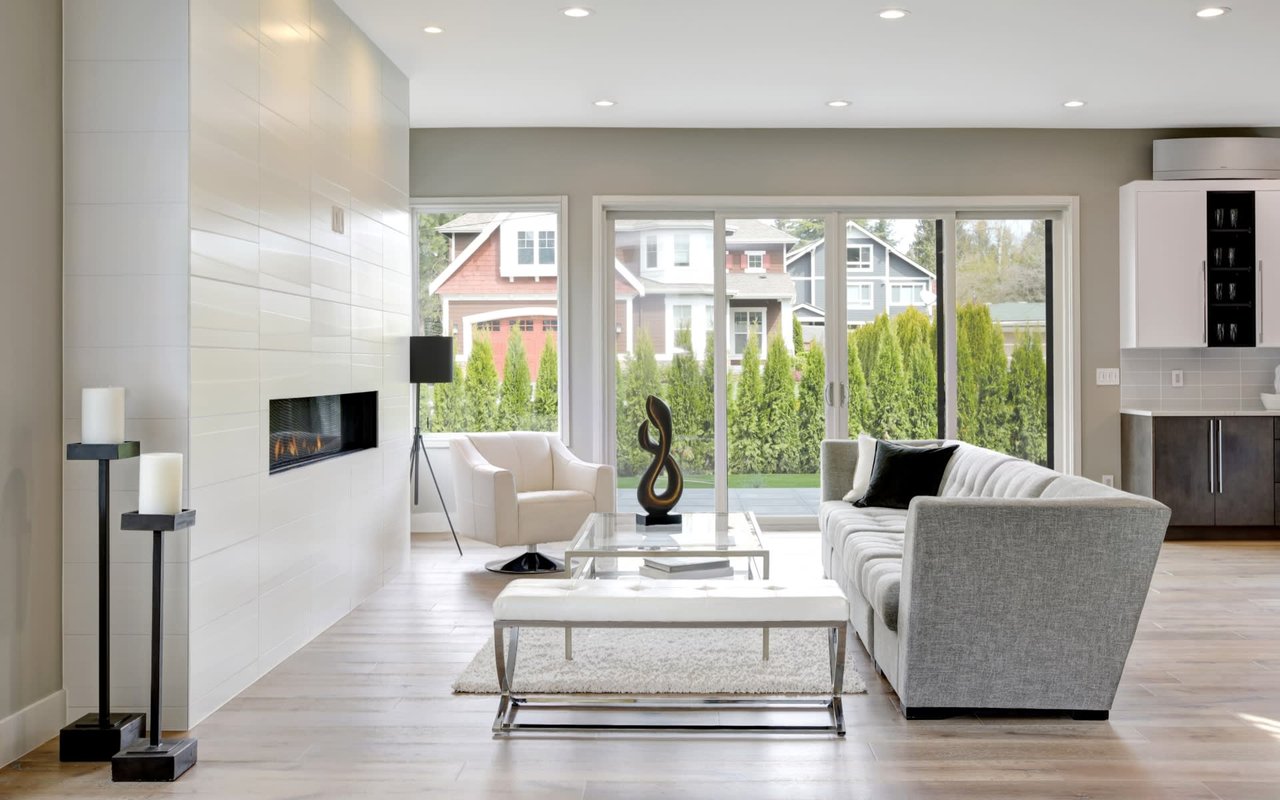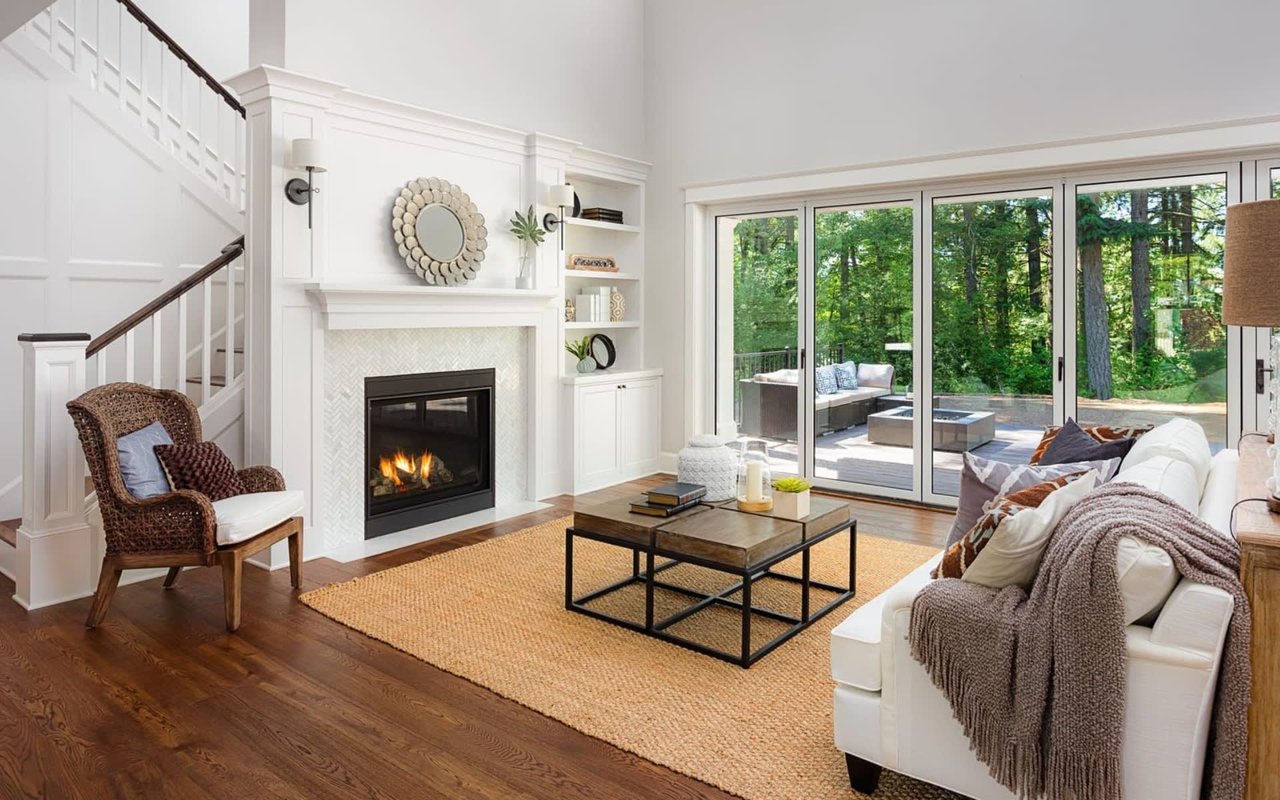Prices for the 38 pied-a-terre style units at Raffles
Boston range from $1 million to $1.6 million. Image
courtesy of Trinity Stuart LLC
So-called pied-a-terre condominiums have been part of the Boston luxury real estate market for years.
The units – usually non-primary homes in the city that are only occasionally used by their owners – come in all shapes, sizes and prices. Their locations and levels of comfort vary from owner to owner.
They’re often not even called a “pied-a-terre,” literally “foot on the ground” in French. The part-time abodes are also referred to as simply “city crash pads,” “secondary residences,” “short-term residences” or even just “city studios.”
Whatever the name, city pied-a-terre abodes do have something in common:
They’re usually owned by wealthy people who only need them part-time for pleasure, work or both.
Such units have become an important part of luxury residential tower strategies in Boston.
Significant Parts of New Towers
Both the developers of Raffles Boston Back Bay and the soon-to-open Ritz-Carlton Residences at South Station have designed smaller condos that are being specifically marketed to those who might want to use them on only a part-time basis, while simultaneously owning a primary home – or homes – elsewhere.
And they offer a feature unheard of at most other luxury residential towers in Boston: Condo owners can also rent them out on a short-term basis.
Usually, new luxury condo buildings have 12-month minimum lease requirements in order to cut down on the number of transient residents staying in towers.
But at Raffles Boston, 38 of the tower’s total 146 condos have only 28-day minimum lease requirements, a bonus for would-be owners who may need extra rental revenue in order to afford the $1 million to $1.6 million prices for a pied-a-terre.
That extra rental income, based on units that have already been sold and occasionally leased out, can range from $5,000 to $8,000 a month, said Sue Hawkes, managing director at The Collaborative Companies.
“They’re great investments,” Hawkes said. “The rentals help pay for the ownership.”
The 38 units are located on three specific floors at Raffles – separated by two floors’ worth of hotel restaurant, bars and function rooms from the 108 more traditional condos – and they’re indeed small: 350 to 600 square feet.
But pied-a-terre owners are entitled to all the amenities that Raffles has to offer: indoor pool, fitness center, game room, catering kitchen, lounge areas and other goodies. Their average monthly condo fees are about $1.75 per foot, slightly less than the approximate $2 per square foot for other, larger condos in the tower.
“It’s a very interesting new model,” Hawkes said of the units also branded as “junior 1-bedrooms.” “We spent a lot of time thinking about these smaller units.”
Short-Term Leasing Option Available
If the 38 units’ small sizes sound like hotel-room dimensions, it’s because they once were intended to be hotel rooms, Hawkes said.
Raffles Boston’s developer, Trinity Stuart LLC, originally intended to designate the bottom 15 floors of the 31-story tower to hotel rooms, but decided to go with only 12 floors of hotel rooms well into the design-and-planning stages.
The LLC is a collaboration between The Noanet Group and Saunders Hotel Group.
Executives decided that, rather than completely redesigning the tower, they’d simply turn three of the originally designated hotel floors into small condos, Hawkes said.
And the conversion of the floors into pied-a-terre-style condos, with attractive short-term leasing options for their owners, has paid off in robust sales, Hawkes said.
Raffles Boston, which opened two years ago, has sold all but eight of the pied-a-terre units.
The concept worked well enough that the developers of the new South Station tower, led by Texas development giant Hines, have decided that 13 of the total 166 condos in the multi-use structure will effectively be marketed as pied-a-terre units. Hawkes’ Collaborative Companies will also be handling those sales.
Each pied-a-terre unit at South Station, which will open later this year, will have about 670 square feet of space and cost around $1 million. The small-unit owners, like those at Raffles Boston, will have access to the tower’s amenities, including an upper-deck pool, catering kitchen, lounge areas, a sports bar with sport simulators and other luxury attractions.
The condo fees will be roughly the same as those at Raffles Boston, Hawkes said.
The South Station tower, whose 166 condos are marketed under the Ritz-Carlton brand, applied some of the lessons Hawkes’ firm learned at Raffles Boston about how to design smaller and more efficient units at absolute price points demanded by potential buyers, she said.
“The concept has evolved,” said Hawkes of the designing and marketing of condos as potential pied-a-terre units. “Pied-a-terres are all about how they’re used by owners. They’re not a primary home. They’re for occasional and temporary use.”
Responding to Niche Demand
David Bates, an agent at William Raveis, said that Raffles and South Station tower officials may be onto something when it comes to specifically designing units with potential pied-a-terre buyers in mind.
“I think it’s a winner,” said Bates. “It’s filling a need. It’s filling a niche. It sounds appealing.”
But executives at other luxury residential towers don’t seem overly impressed with the new Raffles/South Station pied-a-terre models.
Richard Baumert, a partner at developer giant Millennium Partners, said there are all types of pied-a-terre units across the city, although they’re not typically marketed as such. They appeal to a range of buyers, from those who use them for vacations and weekend getaways, or a convenient commuting option to downtown offices during the week.
Baumert estimates that about 20 percent of his firm’s units in its Boston towers have sold to pied-a-terre category buyers.
Millennium’s most recent residential project in Boston: the two-year-old Millennial Residences at Winthrop Center – and none of its 317 condos are being specifically pitched as pied-a-terre units, Baumert said. All of the units have 12-month minimum lease requirements for rentals, something the vast majority of luxury-condo owners desire in order to cut down on the number of transient residents, he said.
“There’s never been a need for it,” Baumert said of short-term lease allowances. “That type of model doesn’t lend itself to the type of communities we have.”
The smallest condo size at Winthrop Center is 800 feet for a one-bedroom unit – and overall prices at the tower range from $1.5 million to $18 million. The amenities include three fitness centers, game rooms, a theater, food and beverage services, and, for pet owners, a “Club VIP” (for Very Important Pets).
“It all depends on the owners’ wants and needs,” Baumert said. “There are all types of pied-a-terre owners and they’ve been around for years.”
